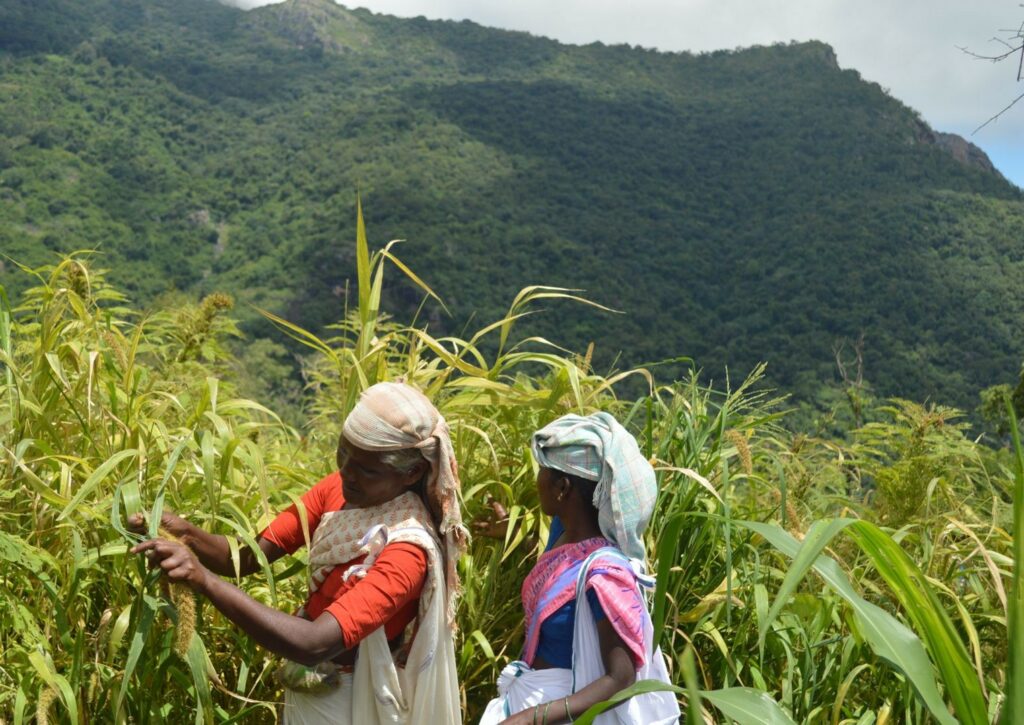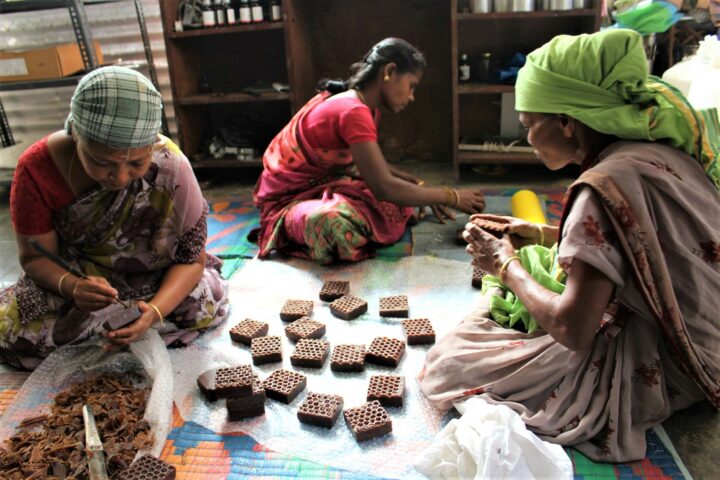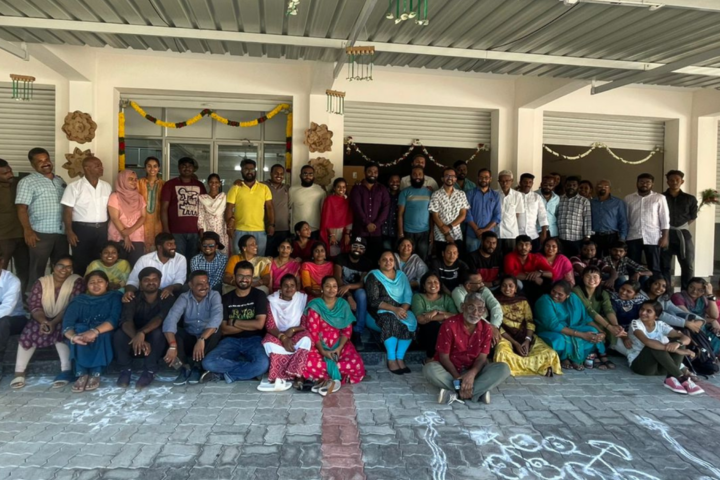This is a blog post by Women on Wings sales strategy expert Marja Versleijen
I had the honor to travel to the Nilgiris to visit two of our Women on Wings partners, Last Forest and Shalom Ooty. What an incredibly beautiful landscape, it looks like a romantic, fairytale landscape with hills full of banana trees, coconut trees, eucalyptus trees, tea plantations and all the colorful houses scattered against the hills. If you are travelling through India, it is quite common to see a lot of cows walking very relaxed in the middle of the road, but in the Nilgiris you will see lots of monkeys and if you are lucky even elephants crossing the road.
First, Women on Wings’ director of social enterprises Supriya Kapoor and I went to Last Forest in Kotagiri, where we were warmly welcomed by Teny Ann and Mathew John who is one of the founders of Keystone (mother organization of Last Forest) and Last Forest’s managing director. As Last Forest is one of the daughter companies of Keystone, it is located on the amazingly beautiful campus of Keystone. A set of buildings built from stones and mud situated in a beautiful garden with a central building where everybody could eat and have coffee/tea breaks with a snack.
Supriya stayed and slept in a building on the campus, and I slept on the top floor of Jo’s (one of the directors of Keystone) home. It was an adventurous path downhill via a shortcut which I could walk during daytime from the campus, but after 7 PM somebody needed to accompany me because sometimes bison take the path, and monkeys were all over the place. Mathew brought me home twice with his car, even more adventurous than the path I had walked! The road was extremely steep, very narrow with around 5 hairpins within a short distance, but I arrived safely, hahaha.
Last Forest is a social enterprise that pioneers sustainable living choices by connecting communities from the Nilgiris to markets, making every customer a custodian of this planet by offering sustainable living choices. It develops and procures, manufactures, markets and sells organic sustainably sourced wild forest products like unprocessed wild honey, handcrafted beeswax soaps and lip balms, hair care, essentials oils and coffee. It reinvests over 30 percent of its profits in the development of the communities it works with.
We started the sales workshop in the office of Last Forest with a brief introduction with everyone in a beautiful, colorful, open office space with a nice atmosphere. I can imagine that it is a very peaceful environment to work in. After a break we continued in an even more beautiful high-ceilinged large meeting room with very nice paintings. The windows were open, but…… be aware of the curious and cheeky monkeys, they tried to climb through the windows halfway into our workshop.
We started the workshop discussing in small groups Last Forest’s main sales challenges. Last Forest had a tough time during COVID-19. They asked themselves the following questions. What can we do to let sales grow? What can we do differently to think out of the box? Revenue needs to go up.
They need a breakthrough in conversion, prospecting and customer follow-up and they have not yet been able to establish the right value proposition for their products.
During the two-day sales workshop together with the team of Last Forest we formed the start of a sales plan. They defined their unique selling proposition, made their customer segmentation, made choices about focus, B2B customer segments, defined their ideal customers by creating customer personas, analyzed the competition and most important, analyzed sales figures. All of this led, after two days, to a very concrete and detailed SMART action plan to grow sales in the coming months of this fiscal year.
Supriya Kapoor and I also visited Last Forest’s own retail outlet in Kotagiri, together with Miller Ashok, Last Forest’s most senior member of the sales and marketing team. Next to selling online, Last Forest has two retail outlets, called the Green Shop. It was good to see how they present their own products and talk to the Green Shop sales lady about her experiences. And we also gave some recommendations to increase the Green Shop’s sales.




